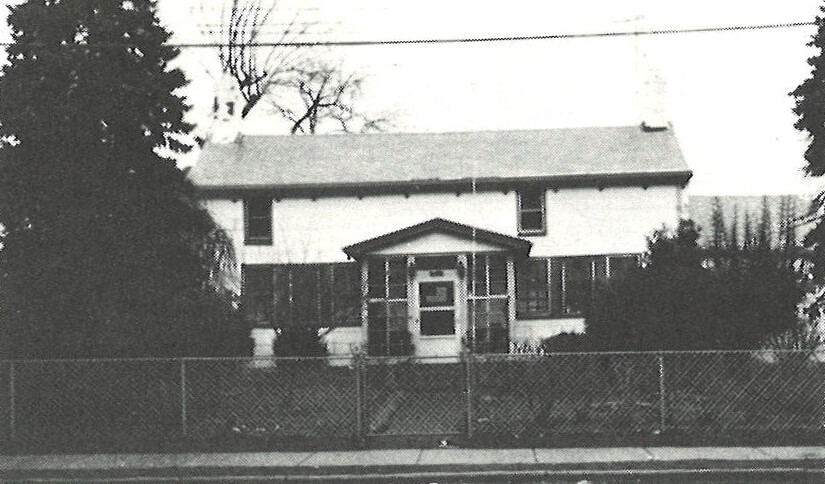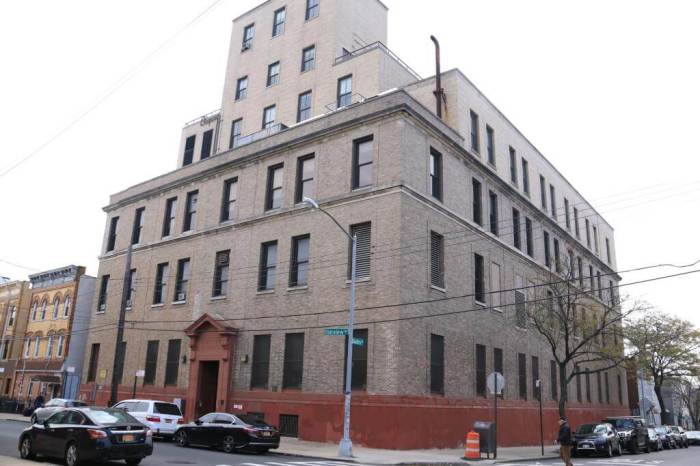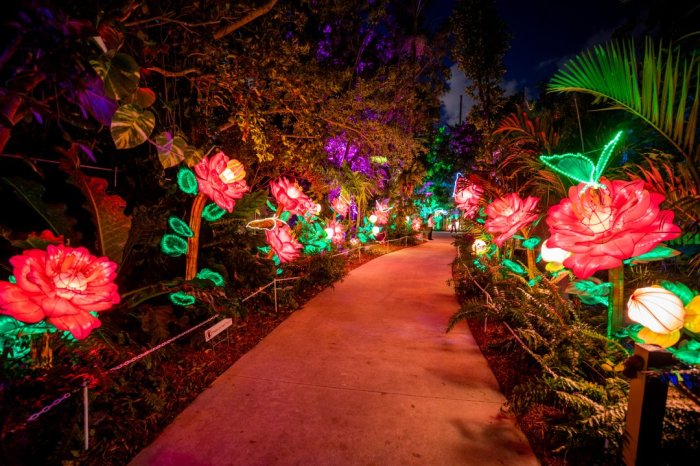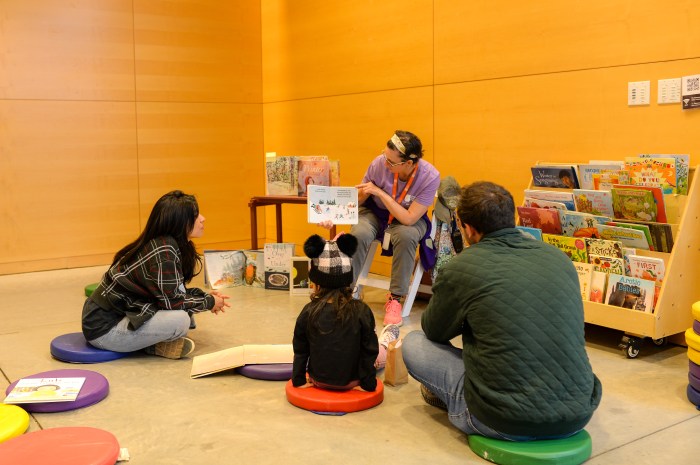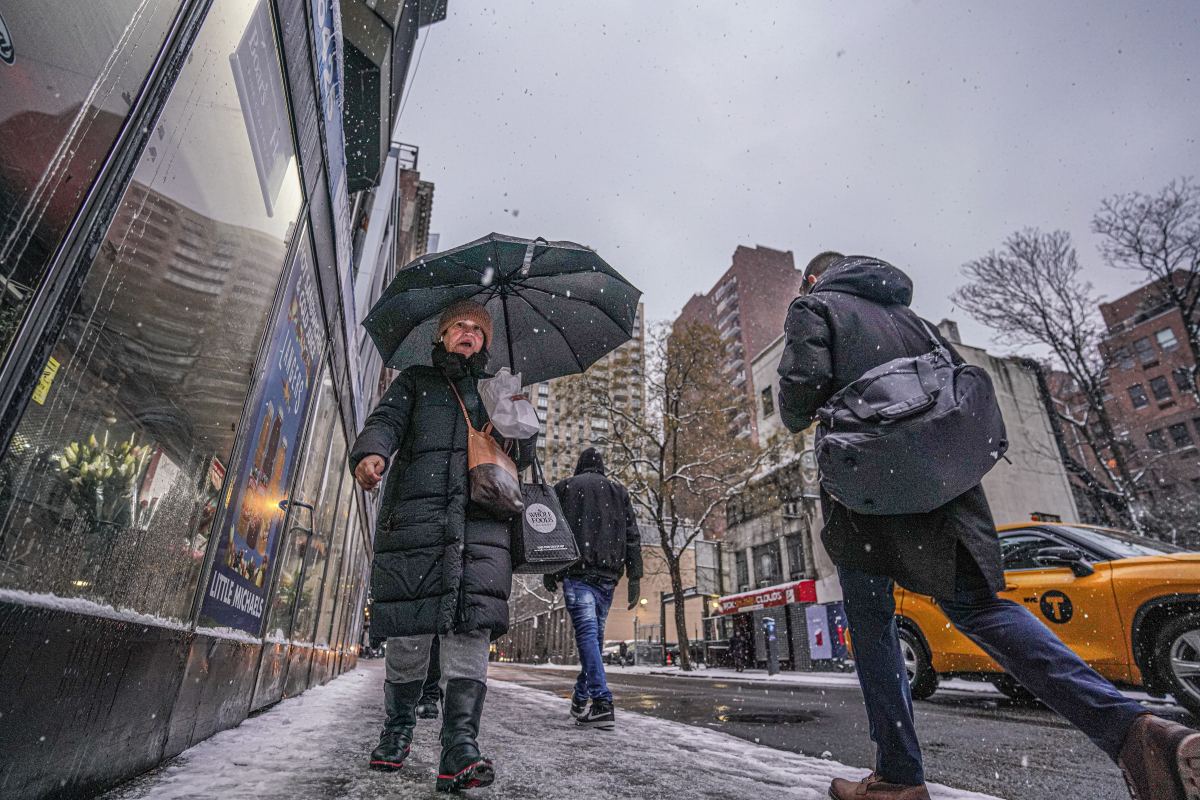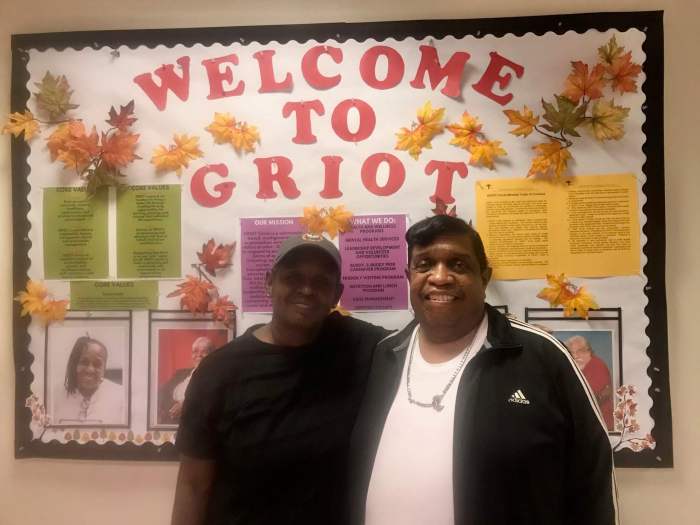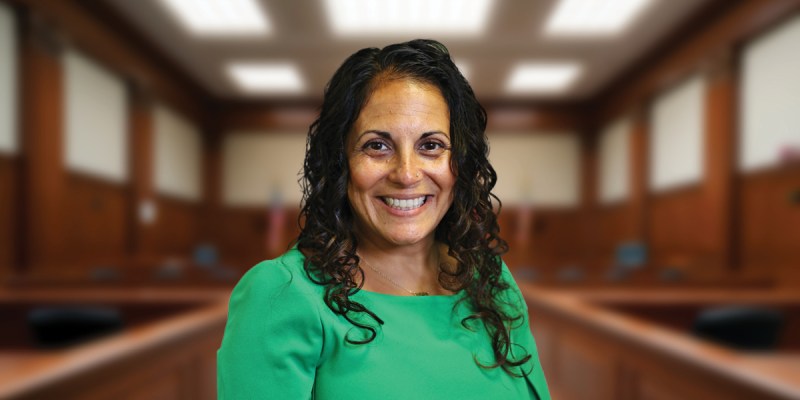Up until the 1980s, the greater Ridgewood area had two Colonial-era farmhouses that withstood the test of time and the challenges of development: the Onderdonk House in Ridgewood and the Morrell House in Middle Village.
Their importance had been ignored for decades, but the preservation movement across New York City that began in the 1960s and continued on in the years afterward brought forth a new appreciation for these historic structures.
But in the end, only the Onderdonk House — which was made a New York City landmark in the 1970s — would be preserved for the ages. The Morrell House — which once housed one of the area’s first families — would meet the wrecking ball before the end of the 1980s.
The Morrell House was erected when Juniper Valley Road was just a dusty dirt path cut through woods for horses or narrow wagons, which Native Americans also used, and was known as the road along the Juniper Swamp.
The old farmhouse, a style known as “salt box architecture,” was built by Morrell in approximately 1719, a decade before George Washington was born. He was one of the first settlers of this area of Newtown now called Middle Village.
Morrell came from the landed gentry of England traveling to these shores in 1663 to seek his fortune in an English settlement among the Dutch in New Netherland.
Thomas Morrell and Hannah Glen, his wife, founded the Morrell family in America, where they lived in Queens County with their offspring for more than 12 generations. The Newtown records indicate that two roads were cut through the woods to the south of the town in 1668 in order to encourage the development of that portion of its jurisdiction.
One of these roads was called “the road by Juniper Swamp,” which ran in the general direction of 69th Street and continues as Juniper Valley Road, and 75th Place and Furmanville Avenue, and the other, Trotting Course Lane (or road), which ran in the general direction as the present Woodhaven Boulevard.
In order to further encourage development, the Newtown Council issued land grants of approximately 10 acres to its citizens. Excerpts from the town records disclosed that T. Morrell collected more than 100 acres of land in the vicinity of Juniper Swamp by this means and by purchasing these grants from others.
The Morrell House, in spite of centuries of use and weather, remained in excellent condition through the 1970s. Ecco Waltz purchased the home in 1919 and altered it to include many modern conveniences such as central hot water heating.
Nine generations of Morrells lived in the house by the swamp road, and the last male member of the Morrell family to own and occupy the house was Robert, the great-great-great-grandson of Thomas and Hannah Morrell.
Robert married Sarah Van Houten and was in the active service of our country during the War of 1812. He died in 1854, and the house and farm was inherited by their daughter, Hannah Eliza, who married Seaman Denton, a descendant of one of the original Newtown families. He was a prominent real estate broker and auctioneer in the Middle Village area.
The Morrell family had been prominent entrepreneurs in Williamsburg, Brooklyn. Thomas Morrell, fifth in descent from the founder, is credited for having developed and opened Grand Street in 1804. It later became the main commercial street in Williamsburg.
The last owner of the Morrell House, Ecco Waltz, lived there for more than a half-century. He had been part of the garment manufacturing business for decades and was the organist at the Community United Methodist Church on Metropolitan Avenue for more than 50 years.
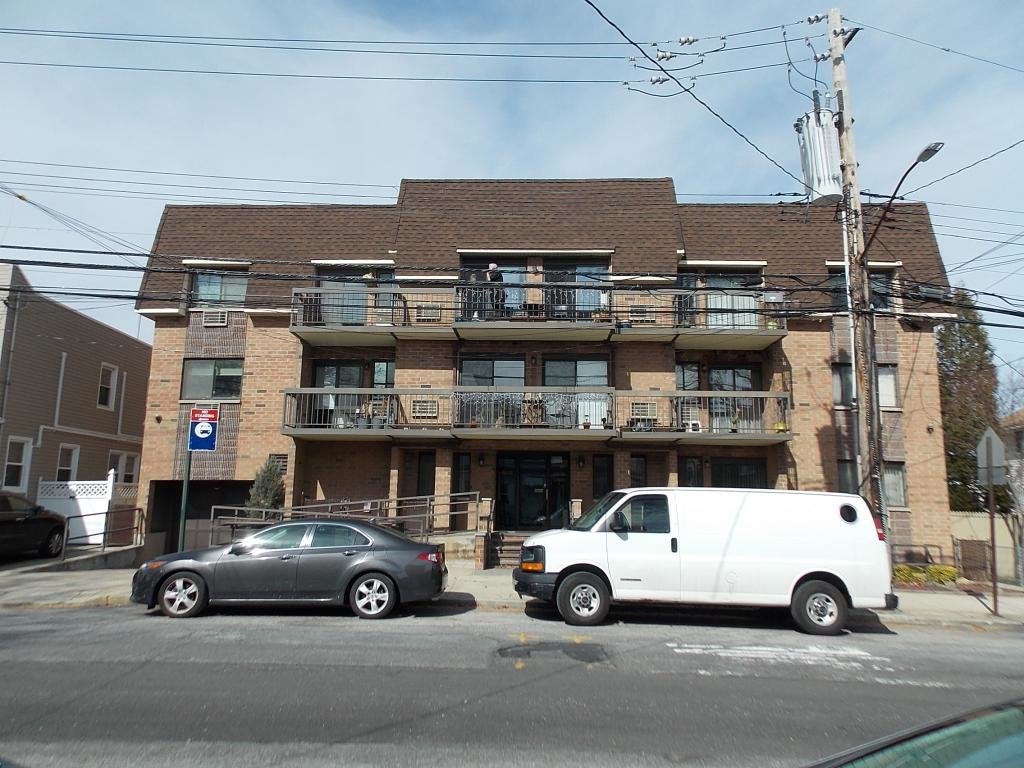
According to the Juniper Park Civic Association, Waltz sold the home in 1984 and relocated to California following the death of his wife. He donated much of the dining room furniture, which had remained in the home through the decades, to the Greater Ridgewood Historical Society, which used it at the Onderdonk House.
In the years following Waltz’s departure, the Morrell Home was torn down for progress. Developer Henry Fabian replaced the site with a condominium.
Sources: Our Community: Its History and People, Greater Ridgewood Historical Society, 1977; and the Juniper Park Civic Association.
* * *
If you have any remembrances or old photographs of “Our Neighborhood: The Way It Was” that you would like to share with our readers, please write to the Old Timer, c/o Ridgewood Times, 38-15 Bell Blvd., Bayside, NY 11361, or send an email to editorial@ridgewoodtimes.com. Any print photographs mailed to us will be carefully returned to you upon request.

